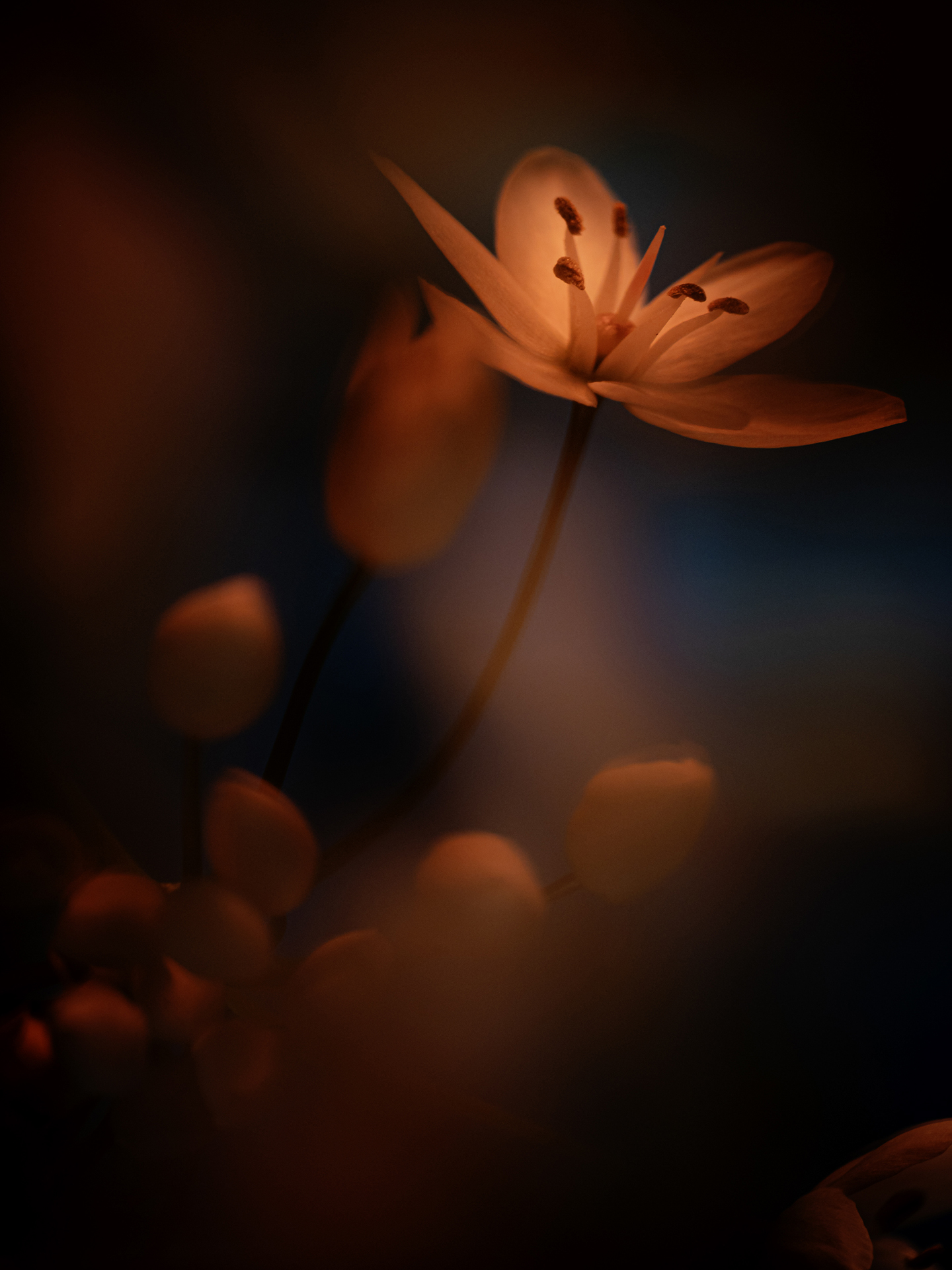GALLERY MONTPHOTO 2024
Plant life
In the Clouds de Michele Pennati de Villasanta (Monza-Brianza)
Place: Parc Natural d'Adda Nort (Itàlia)
Description:
I took this picture in a marshy area near the banks of a river. Here, during the cold season, the thermal inversion generates mist that slowly dissipates at dawn. A blanket of mist covers in white the marsh vegetation; only a few trees emerge as if suspended in the clouds.
Tormenta de esporas de José Luis Gigirey González de Covas (Ames) (A Coruña)
Place: Covas, Ames (la Corunya, Espanya)
Description:
A group of common puffballs (Lycoperdon perlatum) in a small chestnut wood. When these unique mushrooms ripen, a small hole is formed on their tip through which, under the right conditions, they violently eject their thousands of spores, creating an almost magical atmosphere.
Quetzalcóatl de Miguel José Ávalos de Baza (Granada)
Place: Parque Natural de la Serra de Baza, Granada (Espanya)
Description:
The oromediterranean forests are in regression. One of them still survives in the steep areas of Santa Bárbara at 2,269 m in the Sierra de Baza. There, in an inhospitable limestone soil, there stand out amazing black pines with snake-like forms and a low height compared to their peers (Pinus nigra subsp. salzmannii); adaptable and extremely resistant trees due to the elasticity and strength of their precious wood.
Tesoro del mar de César Llaneza de Oviedo (Asturias)
Place: Cudillero, Astúries (Espanya)
Description:
On the coast, I noticed an abundance of bladderwrack (Fucus vesiculosus), red algae (Rhodophyta) and other seaweeds. Inspired by the exuberance of colours and textures it offered, I decided to create an intimate composition that sought to capture its splendour. Amongst the seaweed I discovered a dried egg of a Small-spotted catshark (Scyliorhinus canicula) which immediately became the most precious jewel of this marine treasure. I applied a cold white balance and a warm grazing light with an LED panel.
Flower de Fabio Sartori de valpiana (GR)
Place: Massa Marittima, Grosseto (Itàlia)
Description:
In my garden many wild Neapolitan garlic bulbs (Allium neapolitanum) flowered in spring, with groups of small white flowers that are not very "fragrant". I isolated a small spring of flowers and captured it using small colored spotlights
Dancer de Radomir Jakubowski de Saarbrücken ()
Place: Saarland (Alemanya)
Description:
The pasque flower (Pulsatilla sp.) with its fine hairs has always inspired photographers. In my home region of Saarland, I know many wild habitats of this beautiful plant. The picture shows the airy lightness of a spring meadow full of pasque flowers.
Twister de Lorenzo Shoubridge de Borgo San Lorenzo (FI)
Place: Mont Avic, Alps (Itàlia)
Description:
Today the carnivorous plant Round-leaved sundew (Drosera rotundifolia) is in sharp decline due to the loss of habitat due to alpine pastures but above all to the action of climate change. It hunts insects via peduncles to capture the nitrogen necessary for life. An extreme adaptation to the humid environment where these tiny and fascinating plants live.
Rules of the web site | Legal advice | Privacy statement | Cookies policy | Change cookies preferences
Administration | Web design: ATMultimedia.com

.jpg)
.jpg)
.jpg)
.jpg)

.jpg)
.jpg)



